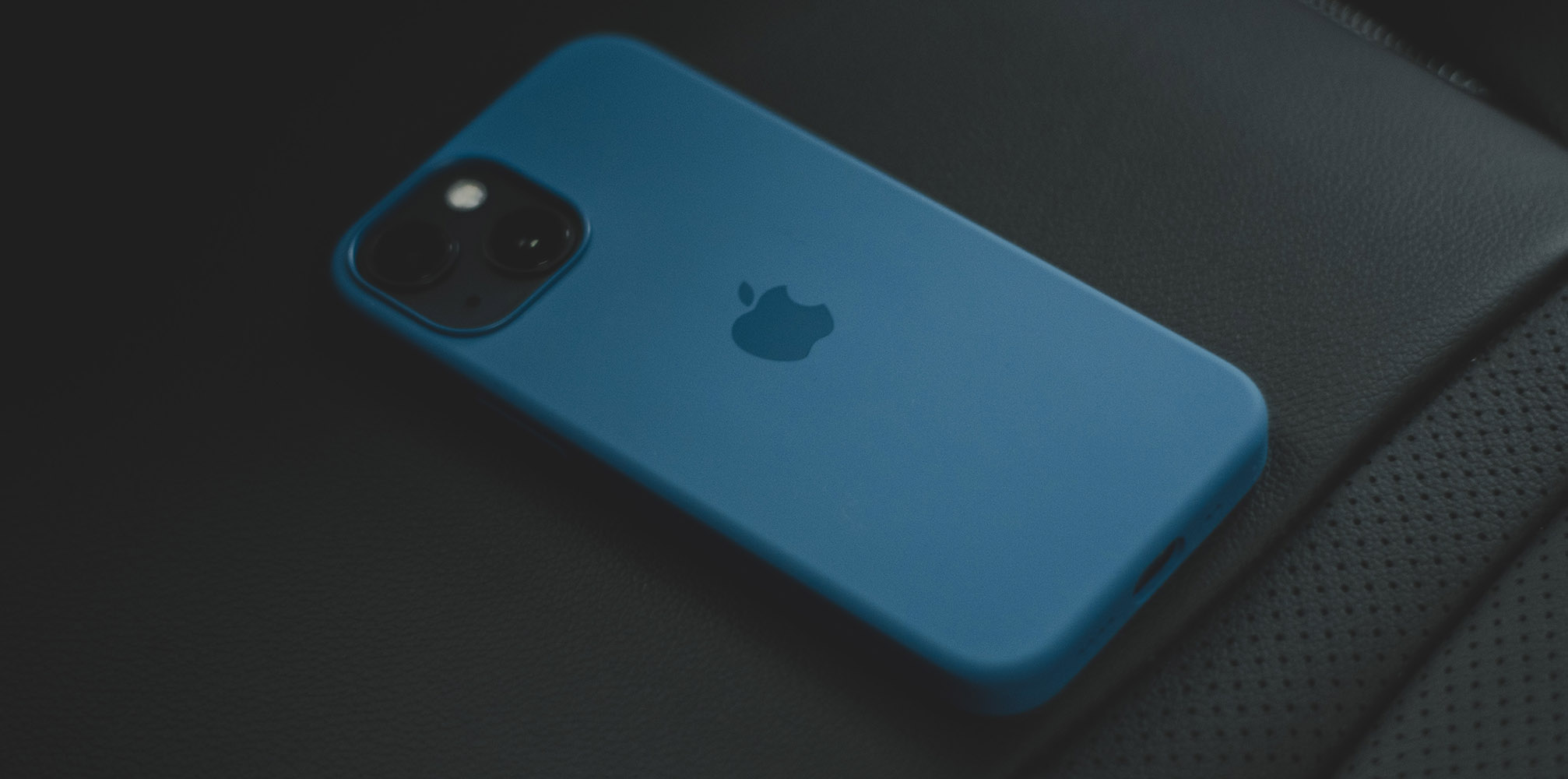In recent years, Apple’s venture into the realm of compact smartphones, notably the iPhone 12 mini and the iPhone 13 mini, has been the topic of much discussion. Initially received with enthusiasm, these models aimed to cater to a niche audience that longed for a smaller, easily pocketable device. However, despite the initial hype, data and sales trends suggest that the market might be moving away from compact iPhones.

The Mini’s Short-lived Journey
Introduced in 2020, the iPhone 12 mini was soon followed by the iPhone 13 mini in 2021. The mini series provided users with a refreshing alternative to the increasingly larger smartphones. Yet, within a span of just three years, the mini’s journey seems to be approaching its conclusion. This speculation is reinforced by the low stock indications on Apple’s online U.S. store for the iPhone 13 mini. Some models have even seen a shipping delay of 6-8 weeks, hinting at possible discontinuation following Apple’s anticipated event where the iPhone 15 series is expected to debut.
What the Numbers Say
While the introduction of a smaller iPhone was perceived as fulfilling pent-up demand, sales statistics revealed a contrasting story. In Q1 2022, the iPhone 13 mini constituted a mere 3% of the overall iPhone 13 sales in the U.S., as estimated by research firm CIRP. Furthermore, neither the iPhone 12 mini nor the iPhone 13 mini secured a spot in the top 10 list of most shipped smartphones for 2022 and 2023, even as the older iPhone 11 persisted in popularity.
The Way Forward: Bigger Screens Dominate
Apple’s recent moves underscore a noticeable shift. The company didn’t launch an iPhone 14 mini, maintaining the iPhone 13 mini as a more affordable option instead. Rumors also suggest that the upcoming iPhone SE 4, another entry-level alternative, will flaunt a larger 6.1-inch screen, abandoning the current SE’s 4.7-inch display.
Considering the SE’s dated design, featuring a home button and a less-than-stellar battery capacity, Apple’s competition has also refrained from venturing into sub-6-inch smartphones. The evident reason is the diminishing market demand for such compact devices, which would not be profitable.
Conclusion
For consumers who prefer smaller phones, the options are rapidly narrowing. Though the iPhone SE 3, with its 4.7-inch display, remains available for the time being, the prevailing trend indicates a clear industry preference for larger screens. The compact iPhone’s brief era underscores the dynamic nature of consumer preferences and the tech industry’s continuous evolution. It remains to be seen if compact phones will make a comeback in the future, but for now, larger devices are undeniably in the lead.